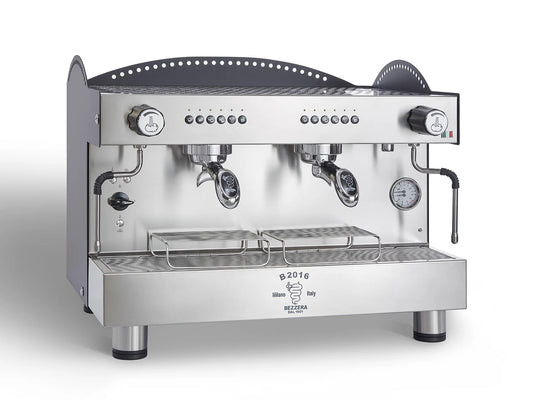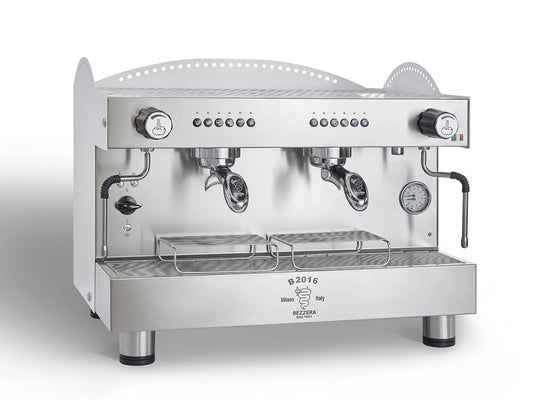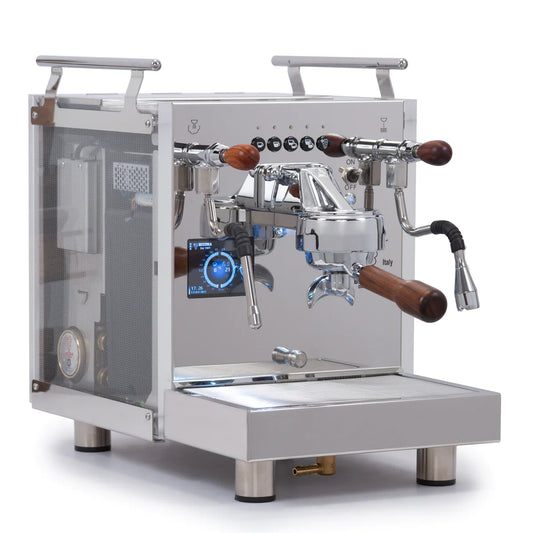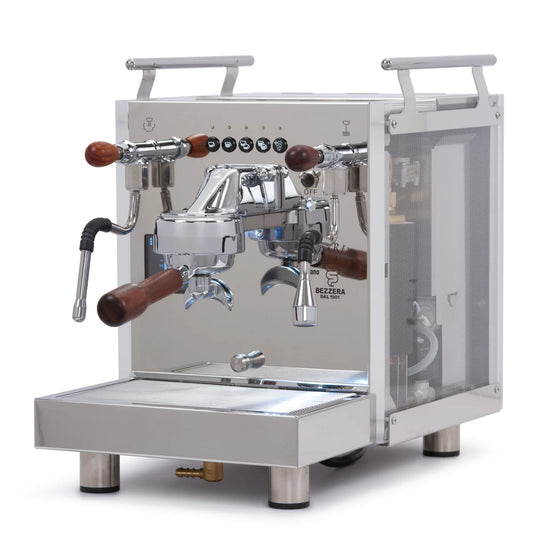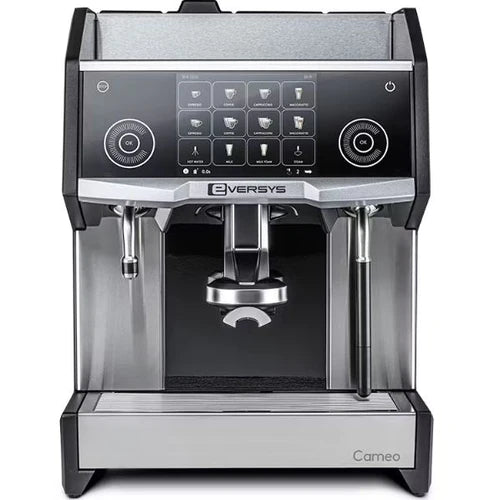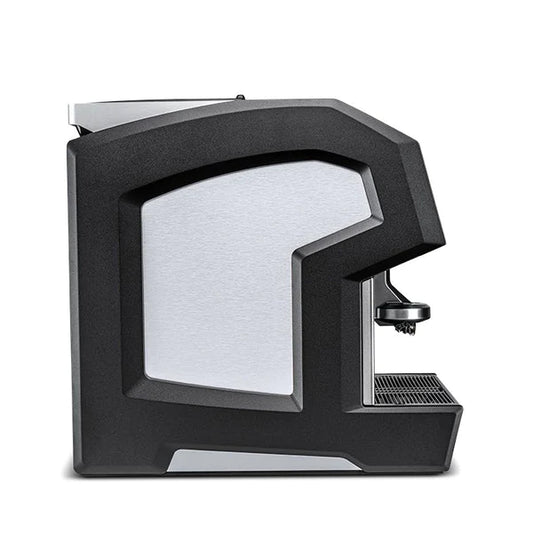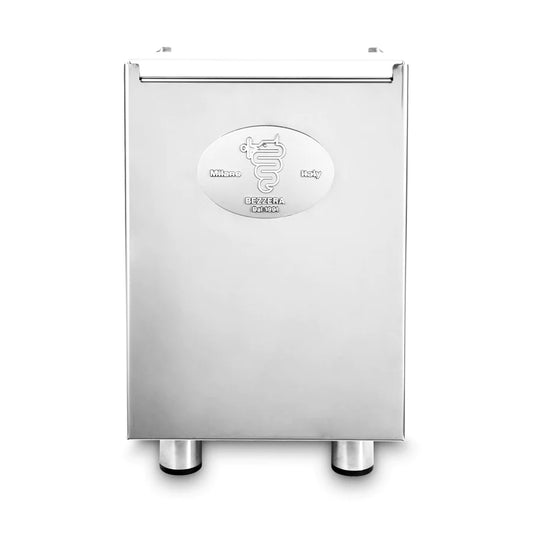Brewing Innovation: The PC That Uses Hot Coffee as a Cooling System
Table of Contents
- The Concept Behind Coffee Cooling
- Design and Functionality
- Limitations and Considerations
- The Broader Implications of Innovative Cooling Solutions
- Conclusion
- Can you actually drink the coffee produced by this machine?
- How effective is coffee as a coolant compared to water?
- What are some other unconventional cooling methods for PCs?
- Is this system scalable for other types of computers?
Key Highlights
- A unique computer cooling system has been developed that utilizes hot coffee instead of traditional water.
- The system integrates a PC build with a General Electric drip coffee maker, creating a functional and unconventional setup.
- While the coffee cannot be consumed due to non-food-safe components, the innovative design showcases a creative approach to temperature management in computers.
Introduction
In the realm of computer engineering and DIY projects, innovation often takes unexpected turns. One such fascinating venture has emerged from the mind of Doug MacDowell, who has taken the age-old challenge of computer overheating and introduced a quirky yet effective solution: cooling a PC with hot coffee. This innovative concept blends the functionality of a computer with a coffee maker, creating an engaging and somewhat humorous approach to thermal management. As technology continues to advance, the exploration of unconventional methods for solving everyday problems becomes increasingly relevant.
The Concept Behind Coffee Cooling
Modern computers are notorious for generating heat, particularly when under heavy load. Traditional cooling methods, such as air cooling and water cooling systems, have served as effective solutions for maintaining optimal operating temperatures. However, MacDowell's project challenges the status quo by introducing coffee as a viable coolant. The idea is not only amusing but also prompts a deeper inquiry into the creativity that drives technological advancements.
Design and Functionality
MacDowell's design incorporates his entire PC build into the side of a General Electric drip coffee maker. This integration results in a complex system of tubes and wires that not only functions as a computer but also as a coffee maker. The coffee maker brews fresh coffee, which is then circulated through the cooling system, effectively replacing water in the traditional cooling loop.
The process begins when the coffee maker percolates coffee into the carafe. From there, it is pumped through two radiators positioned on top of the PC. The hot coffee then flows to a water block situated atop the CPU, absorbing heat generated by the processor. After cooling the CPU, the coffee returns to the carafe, where the cycle repeats. Initially, the coffee reaches a scorching temperature of approximately 90°C (194°F), posing a risk of crashing the computer. However, after circulating for about 75 minutes, the temperature stabilizes to a more manageable 33°C (91°F), demonstrating the system's effectiveness in maintaining equilibrium.
Limitations and Considerations
While the concept is intriguing, MacDowell warns that this system is not without its drawbacks. The primary concern is the safety of using non-food-safe components in a system designed to circulate coffee. Although it may be possible to cool a computer with hot coffee temporarily, the potential for mold growth over time is a significant issue. Thus, while the machine can theoretically cool a PC, it is not advisable to consume the coffee it produces.
The Broader Implications of Innovative Cooling Solutions
The exploration of unconventional cooling methods raises interesting questions about the future of computer hardware design. As computers become more powerful, the demand for effective cooling solutions continues to grow. Innovations like MacDowell's coffee cooling system illustrate the creative potential of engineers and hobbyists to think outside the box.
Real-World Applications
While using coffee as a coolant might not be practical for everyday users, the underlying principle of exploring alternative cooling methods can lead to valuable insights. For instance, researchers and developers might consider using other liquids with high thermal conductivity for cooling systems, potentially improving efficiency without the quirky twist of coffee.
In commercial settings, companies are constantly looking for ways to optimize cooling systems to enhance performance and reduce energy consumption. The principles of thermodynamics and fluid dynamics can inspire new designs that improve existing technologies.
Conclusion
Doug MacDowell's coffee-cooling PC stands as a testament to the creativity and ingenuity that exists within the tech community. While it may not be a solution for mainstream computer users, it surely sparks discussions about the future of cooling technology. As innovation continues to shape the landscape of computing, who knows what other unconventional ideas may brew in the minds of inventors?
FAQ
Can you actually drink the coffee produced by this machine?
No, the coffee produced by the cooling system is not safe to drink due to non-food-safe components and the potential for mold growth.
How effective is coffee as a coolant compared to water?
While the coffee system can effectively cool a PC, traditional water cooling systems are generally more reliable and safe for prolonged use. Coffee may serve as a temporary solution, but it is not practical for long-term use.
What are some other unconventional cooling methods for PCs?
There have been various alternative cooling methods explored, including phase change cooling, thermoelectric cooling, and even using liquid nitrogen for extreme cooling scenarios. Each method comes with its own set of advantages and drawbacks.
Is this system scalable for other types of computers?
In theory, the concept could be scaled for other types of computers, but practical considerations regarding safety, efficiency, and maintenance would need to be addressed before implementation in more complex systems.

